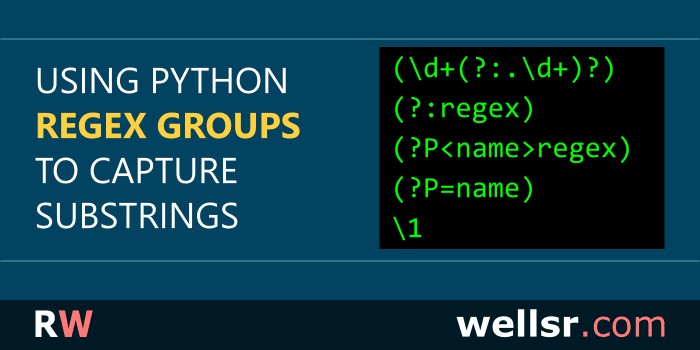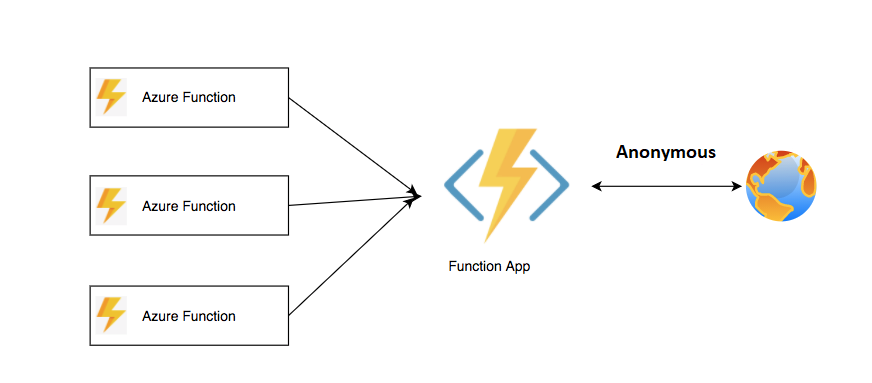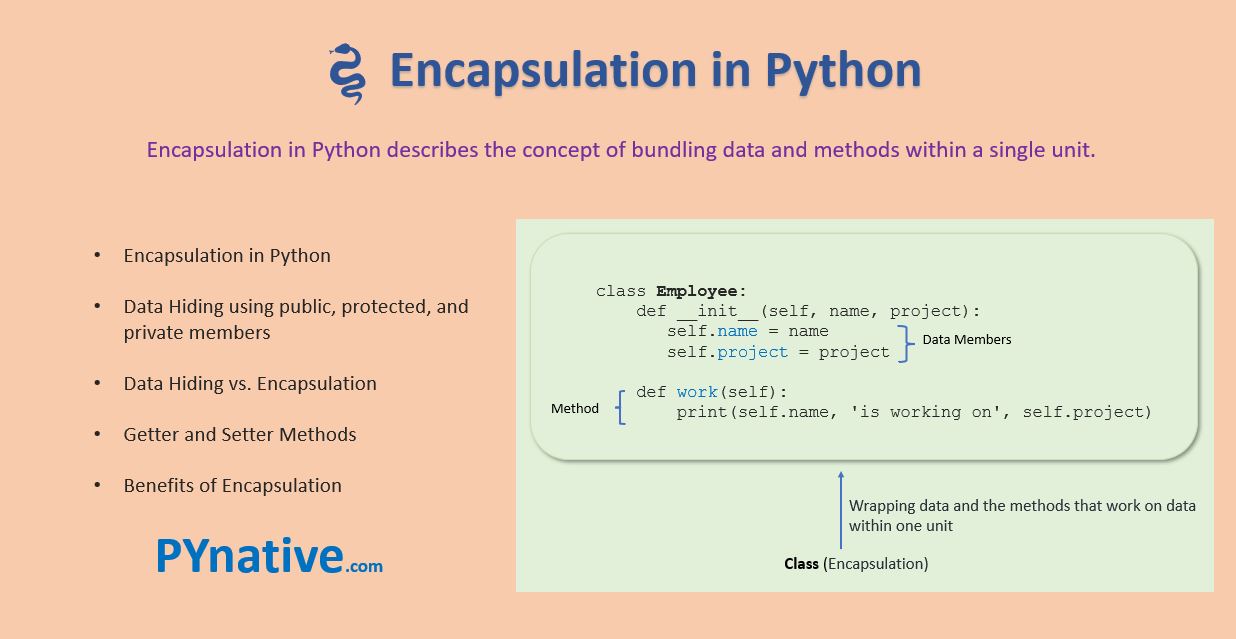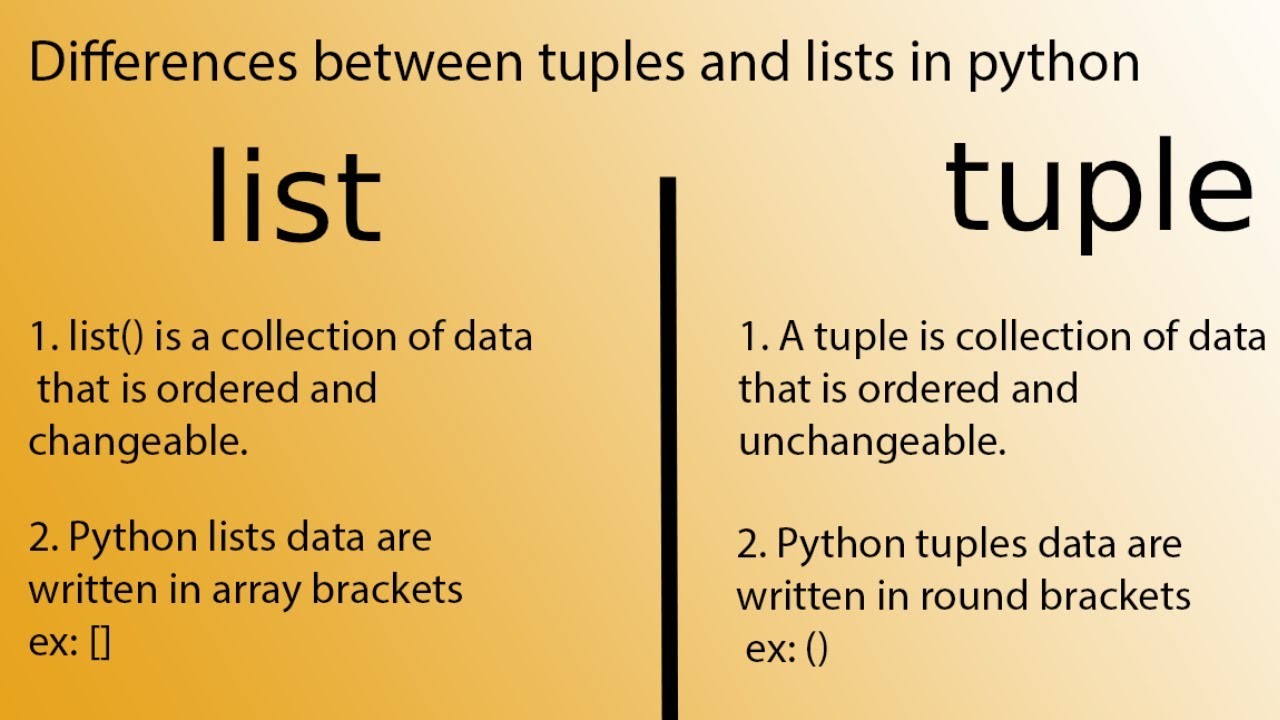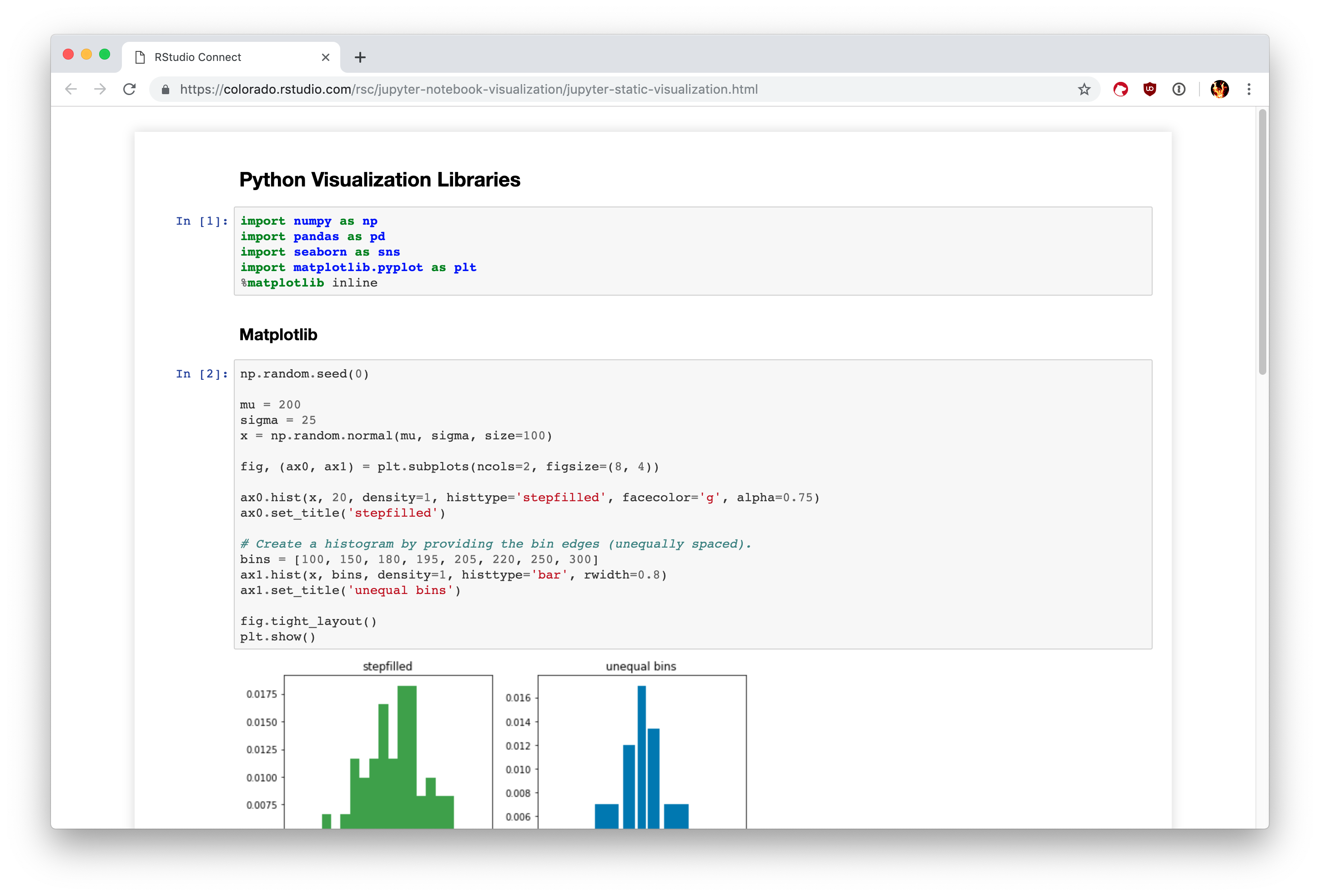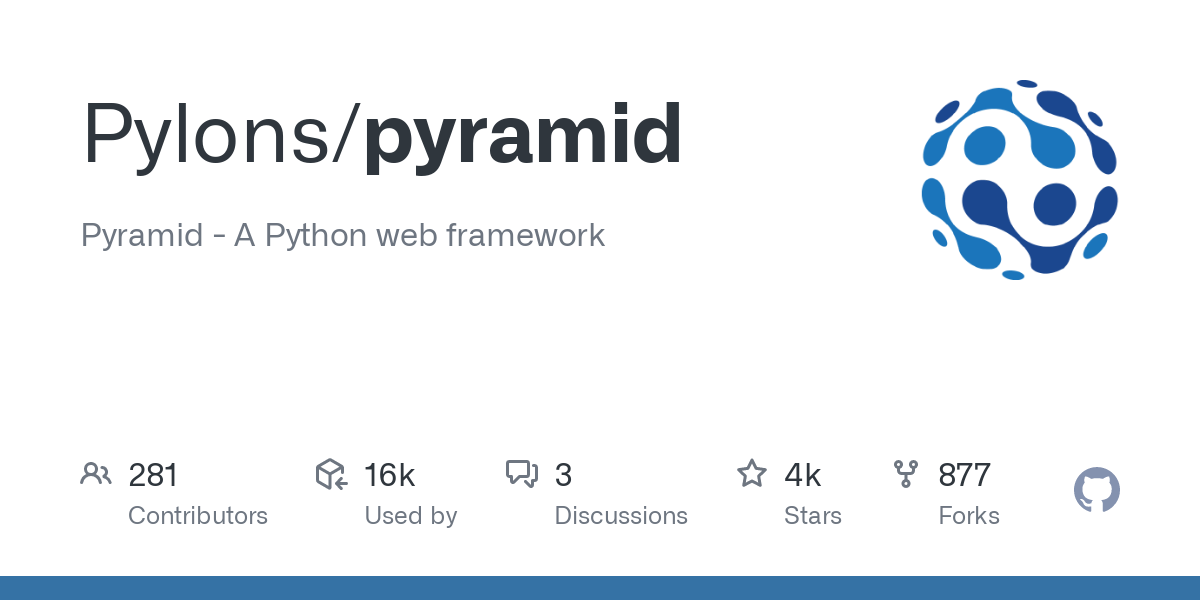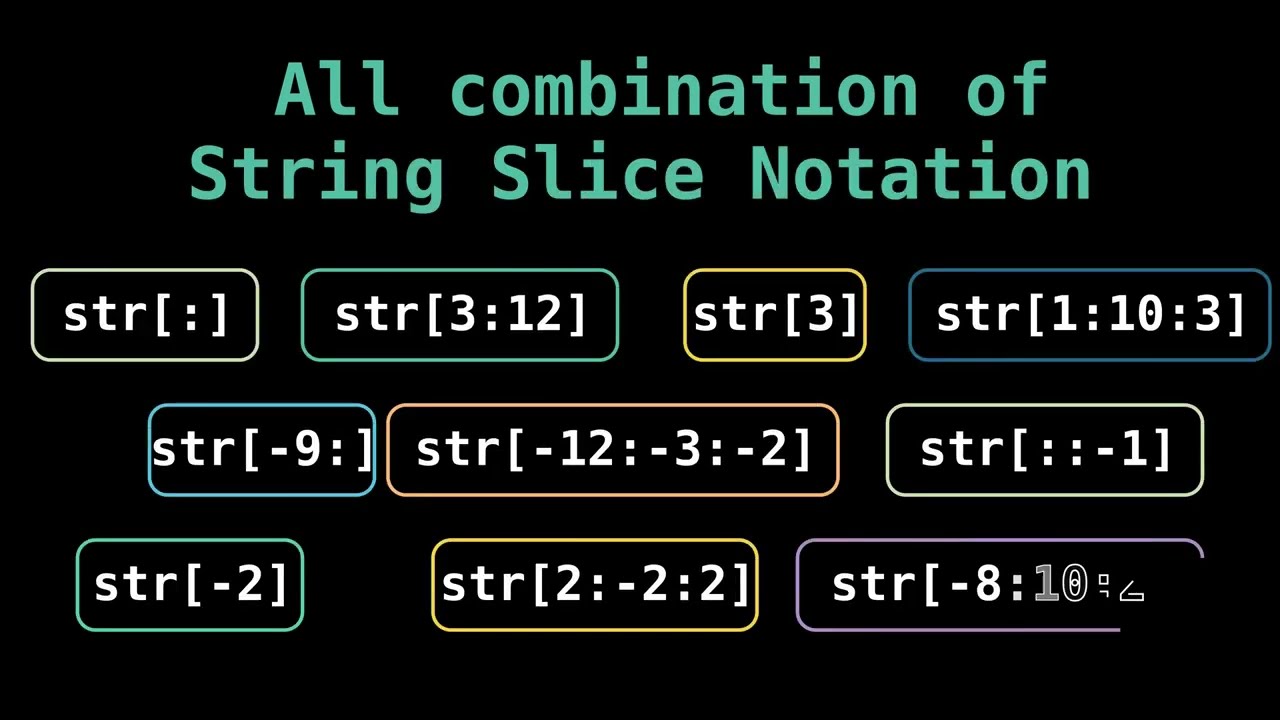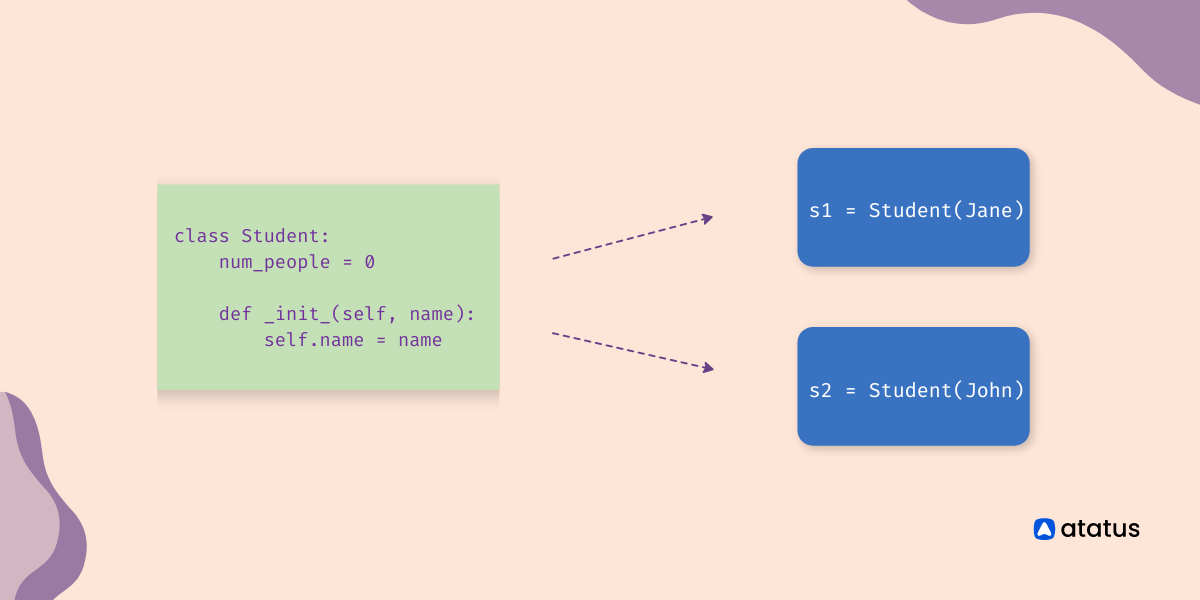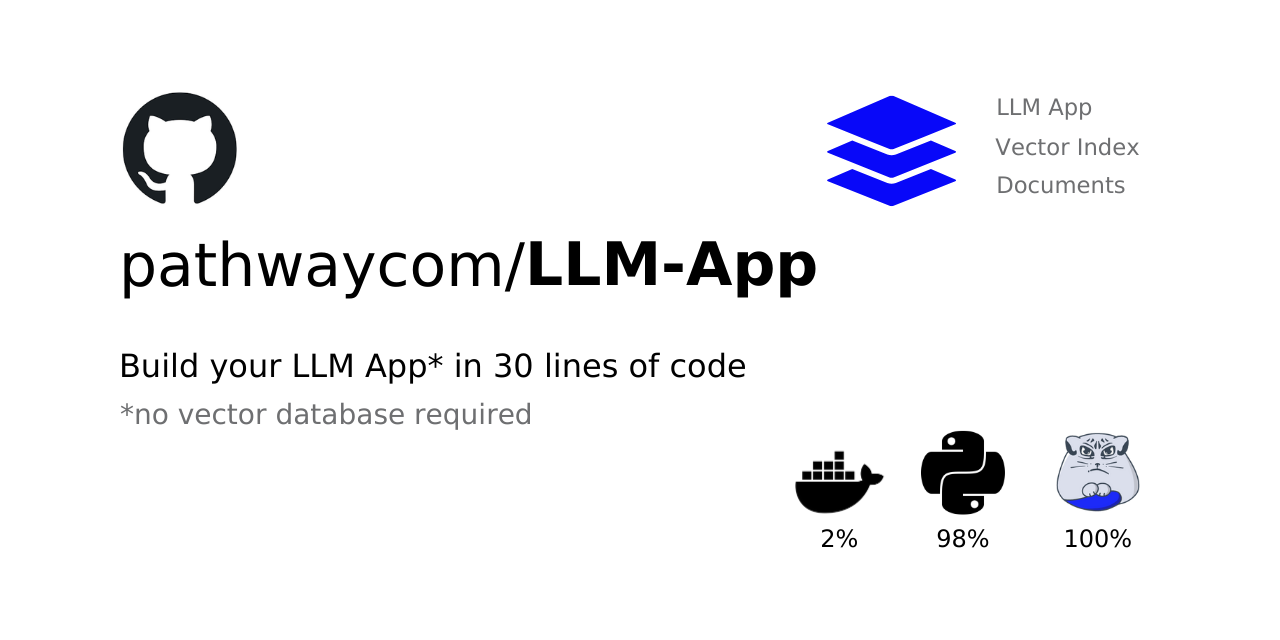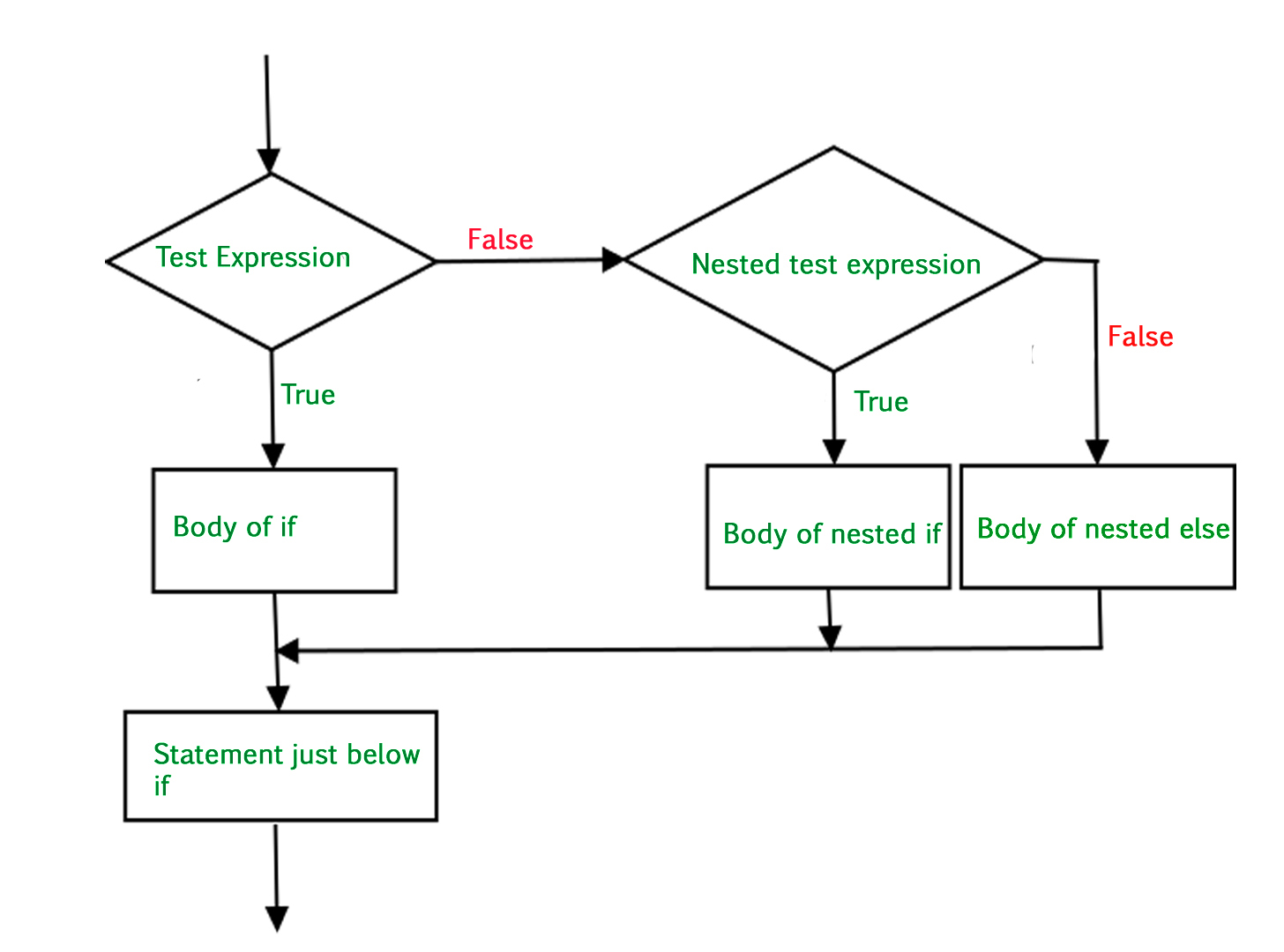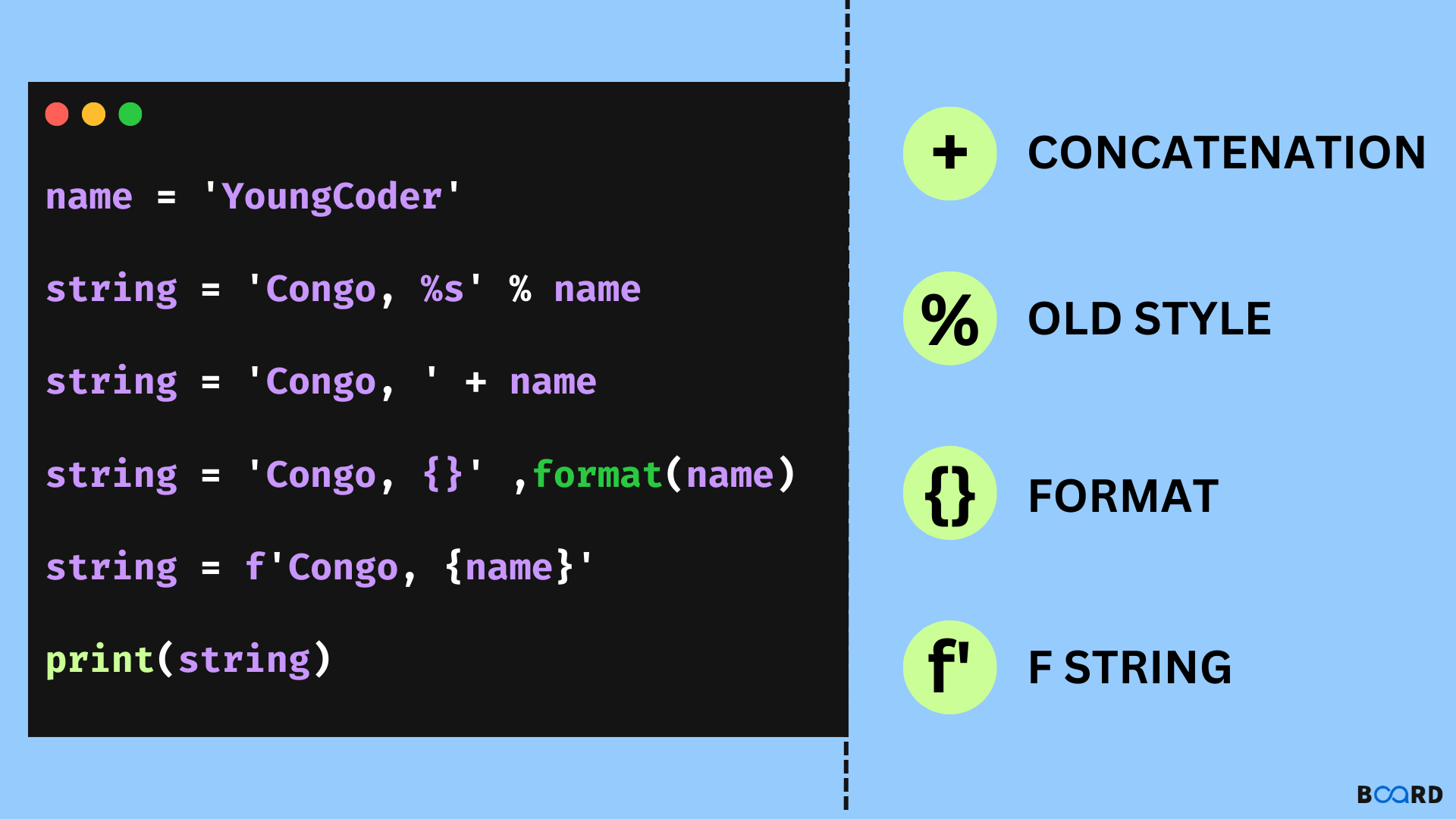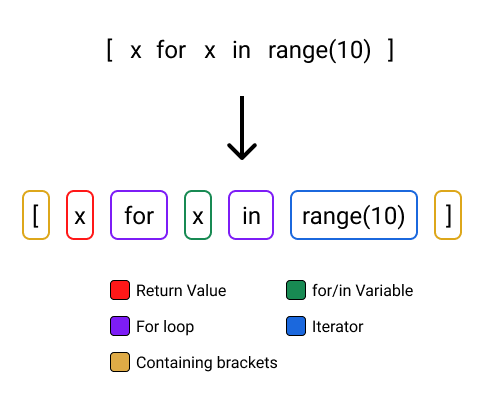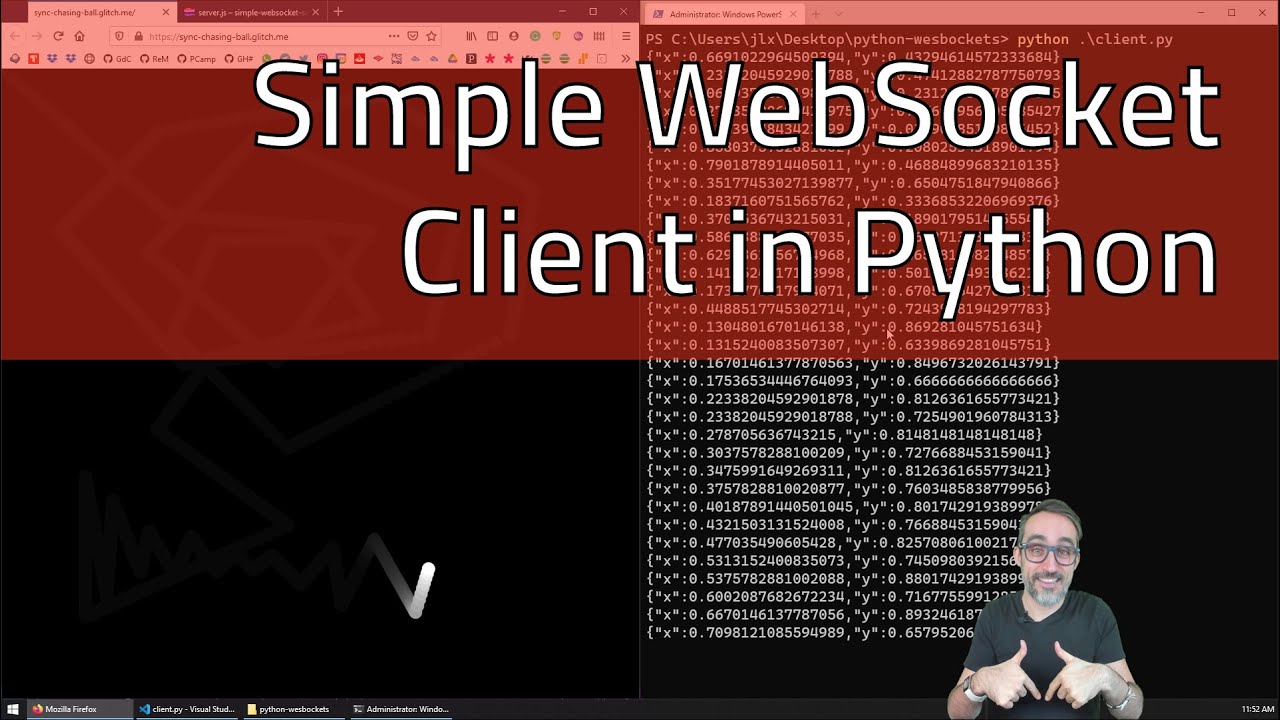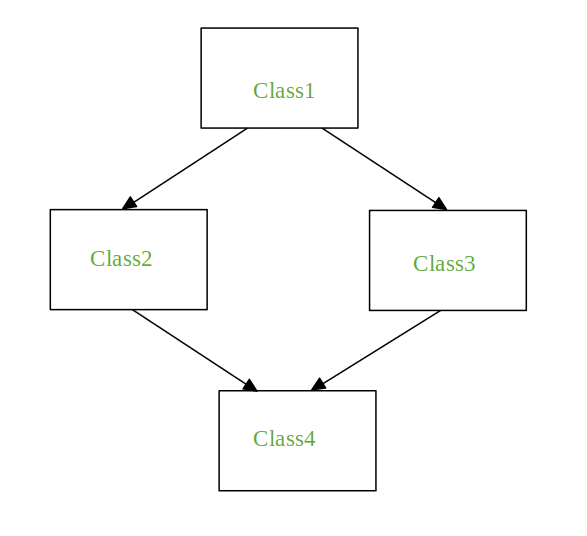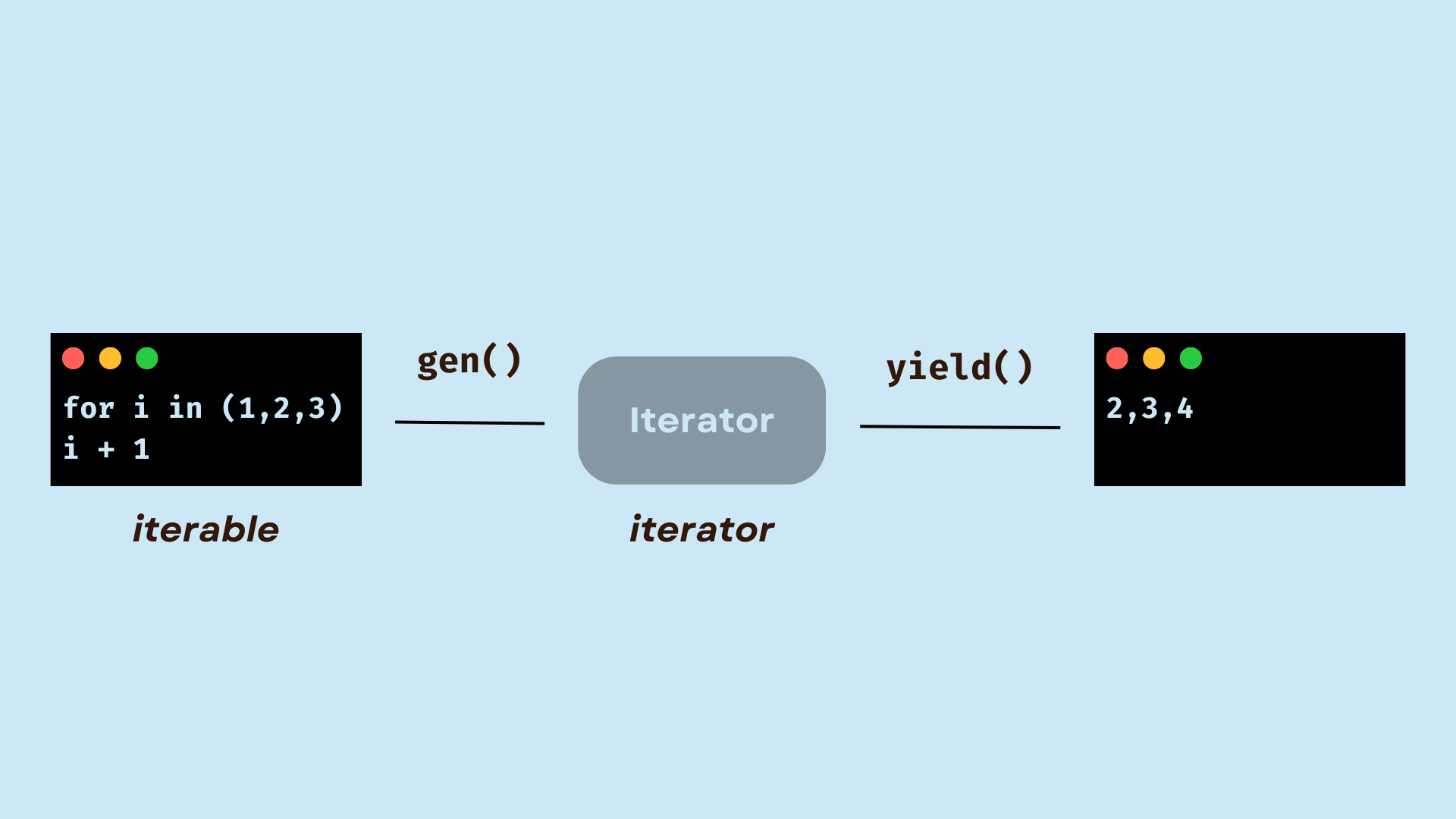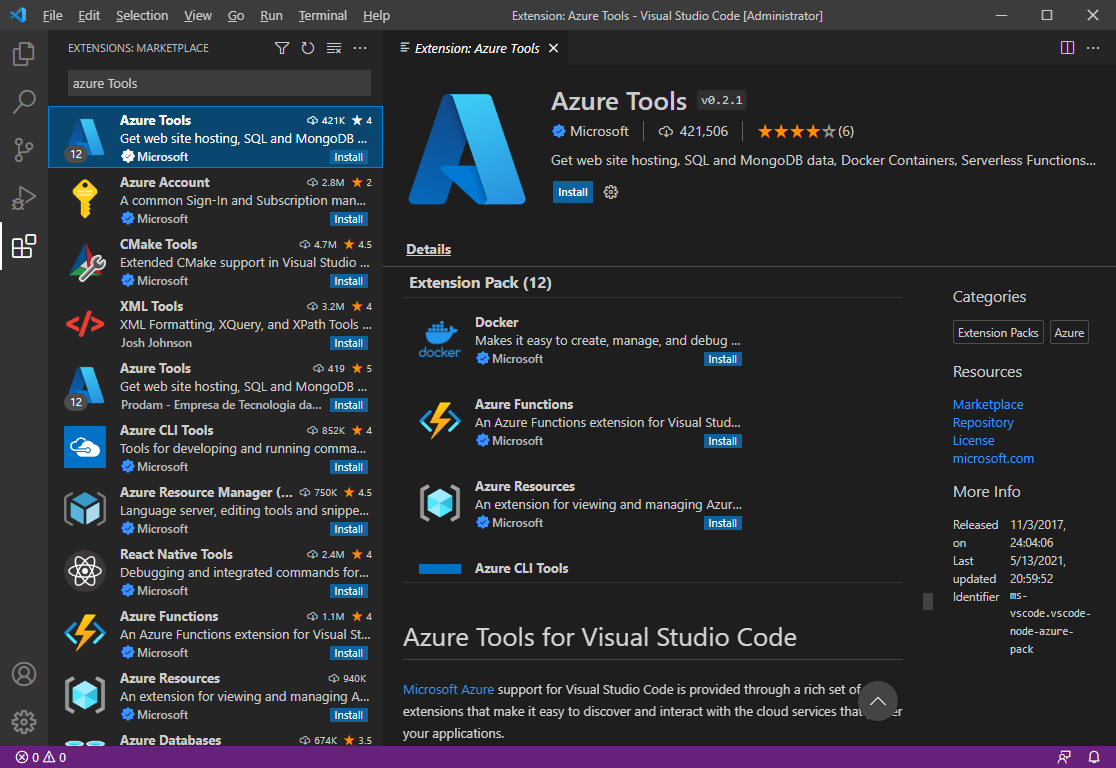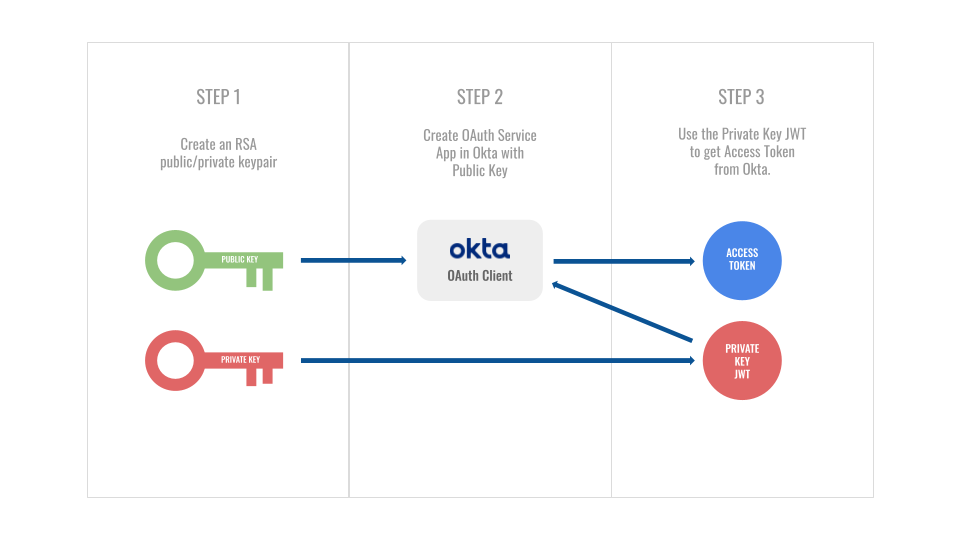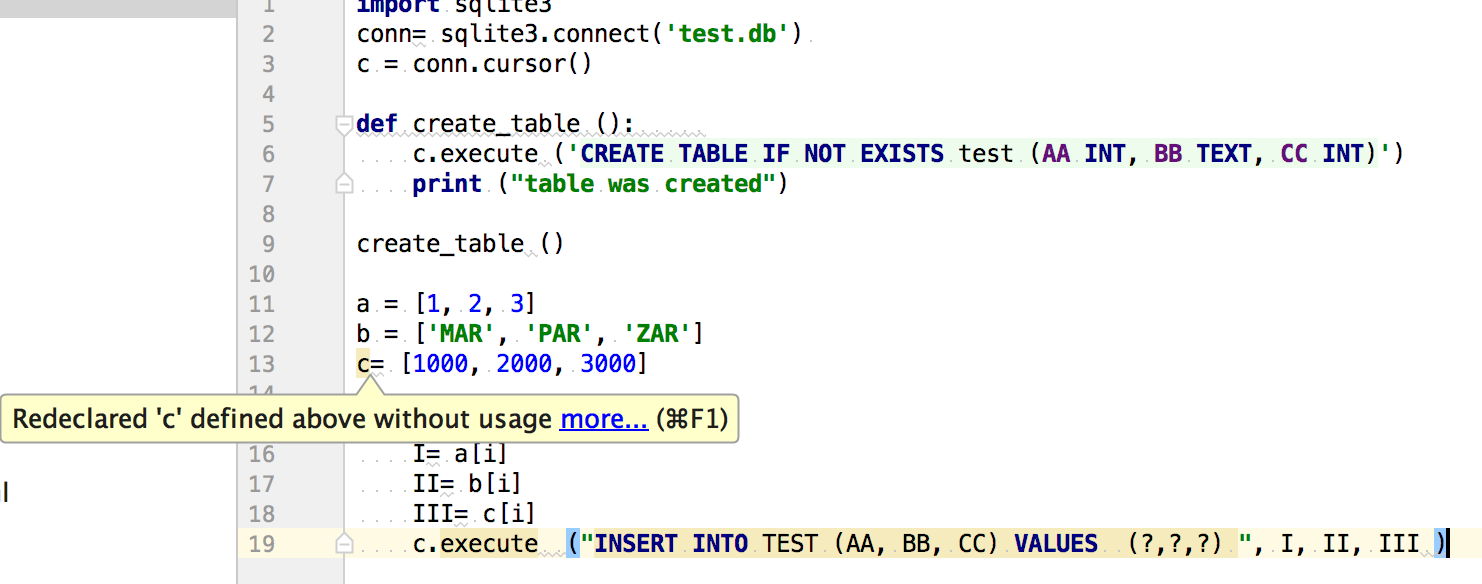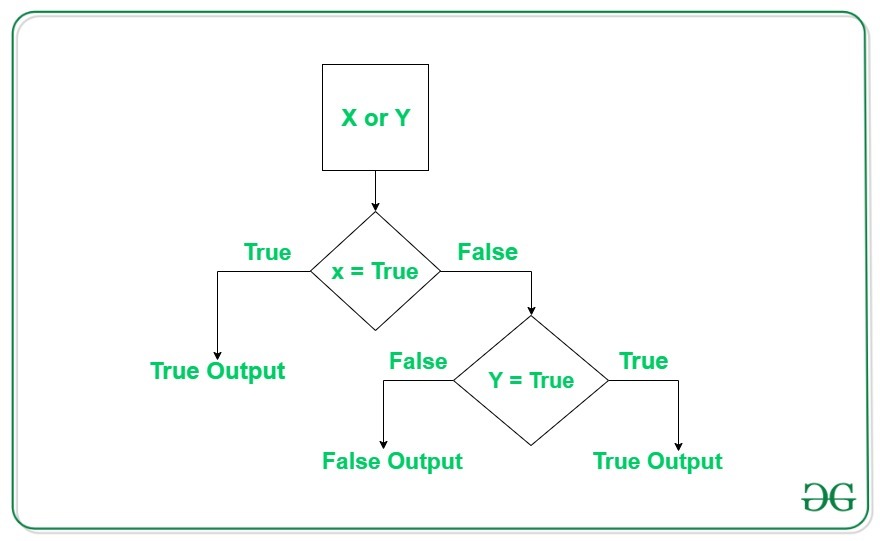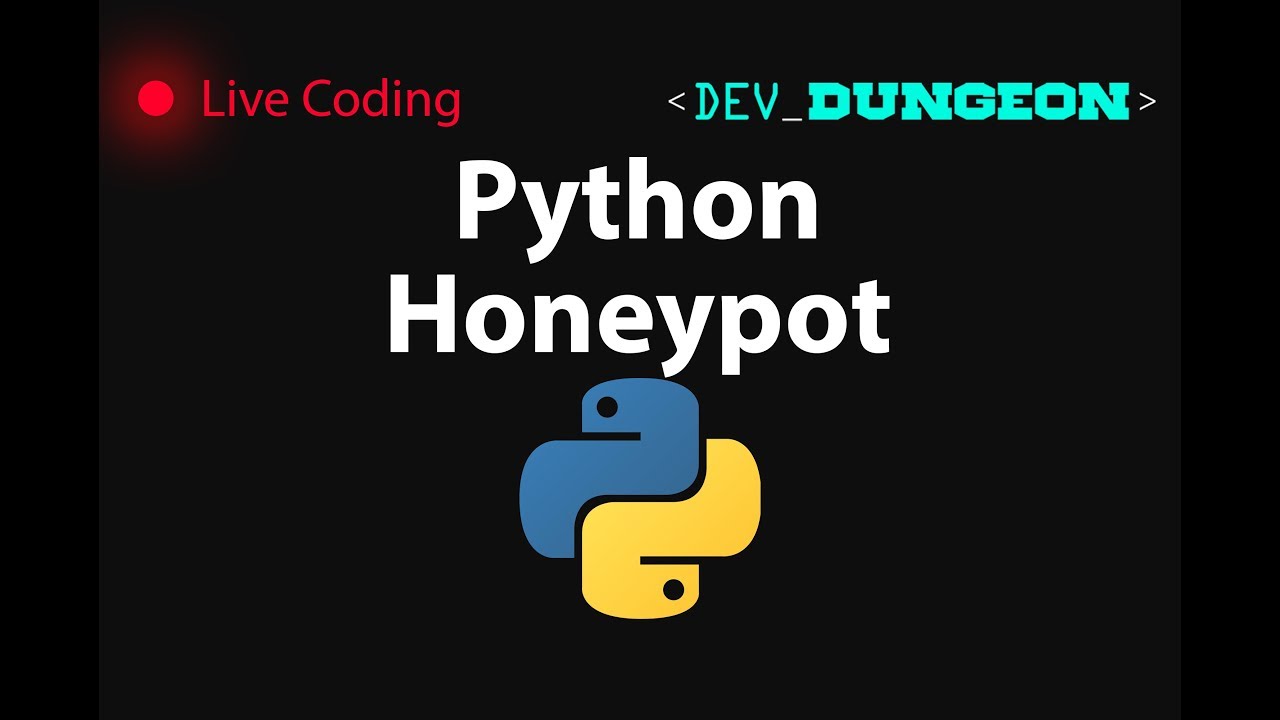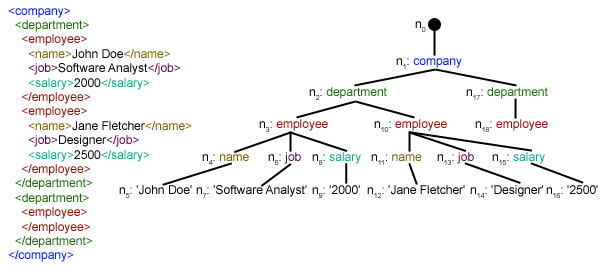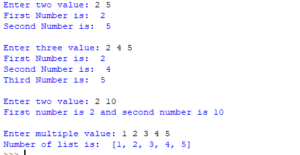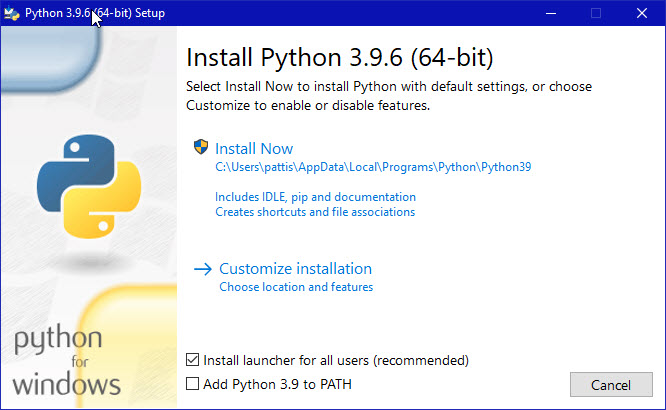What is a file in Python with an example?
What is a file in Python with an example?
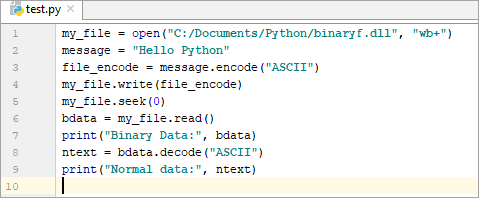
I'll respond in English as per your request.

In Python, a file is a resource that stores data. You can open a file for reading or writing, perform operations on the file, and then close it when you're finished. Files are essential in programming, as they allow you to save and retrieve data, interact with external systems, and manage persistent state.
Let's consider an example of working with files in Python. Suppose we want to read a text file named "example.txt" that contains the following lines:
Hello World
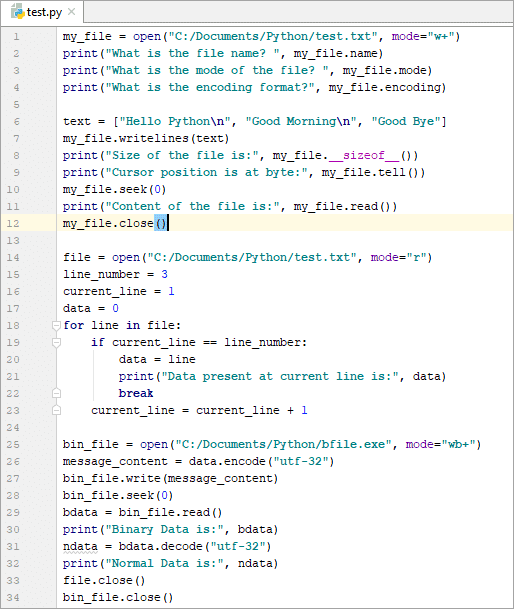
This is a test file.
Python is awesome!
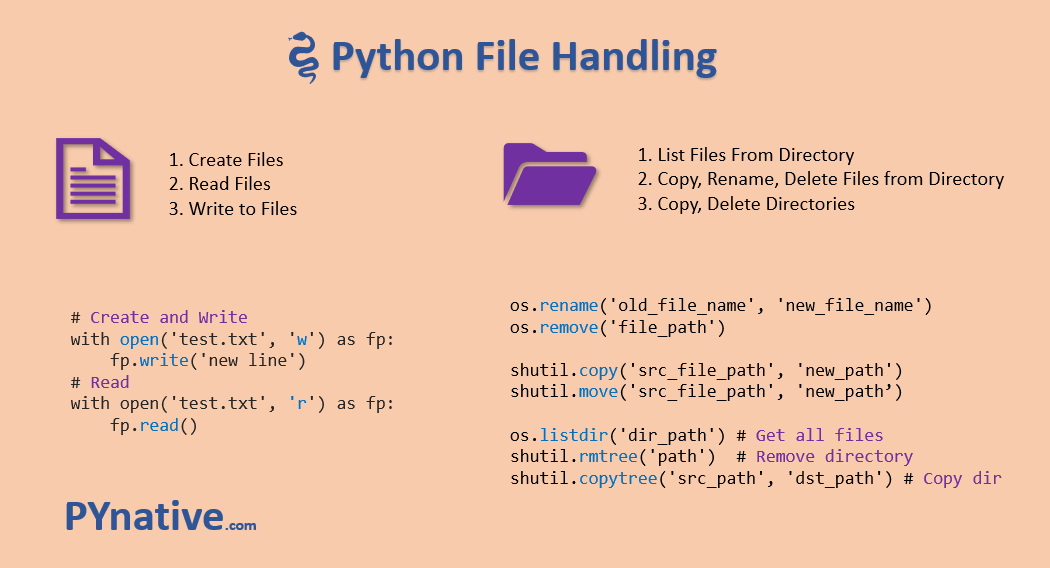
We can use the built-in open() function to open this file for reading:
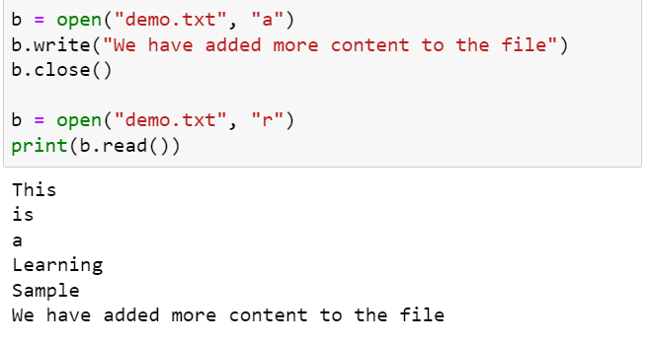
# Open the file in read mode ('r')file = open("example.txt", 'r')
Read the contents of the filecontent = file.read()
Close the filefile.close()
When we run this code, Python opens the "example.txt" file and reads its contents. The read() method returns the entire contents of the file as a string, which is stored in the content variable.
Now, let's write some data to a new file called "output.txt":
# Open the file in write mode ('w')file = open("output.txt", 'w')
Write some text to the filefile.write("Hello from Python!")
file.write("n")
Close the filefile.close()
This code opens a new file named "output.txt" and writes two lines of text: "Hello from Python!" followed by a newline character (n). When we run this code, Python creates the file if it doesn't exist or truncates the file to zero length if it does exist. The write() method writes the specified text to the file.
Here's an example of how you can work with files using a try-except block:
try: Open the file in read mode ('r')file = open("example.txt", 'r')
Read the contents of the filecontent = file.read()
print(content)
finally:
Close the file (even if an exception occurs)if 'file' in locals():
file.close()
In this example, we use a try-except block to ensure that the file is always closed, even if an exception occurs during the reading process. The finally block is executed regardless of whether an exception was thrown or not.
These examples demonstrate basic file operations in Python, such as opening, reading, writing, and closing files. You can use these concepts as a starting point for more complex file-related tasks.
What is Python file handling?
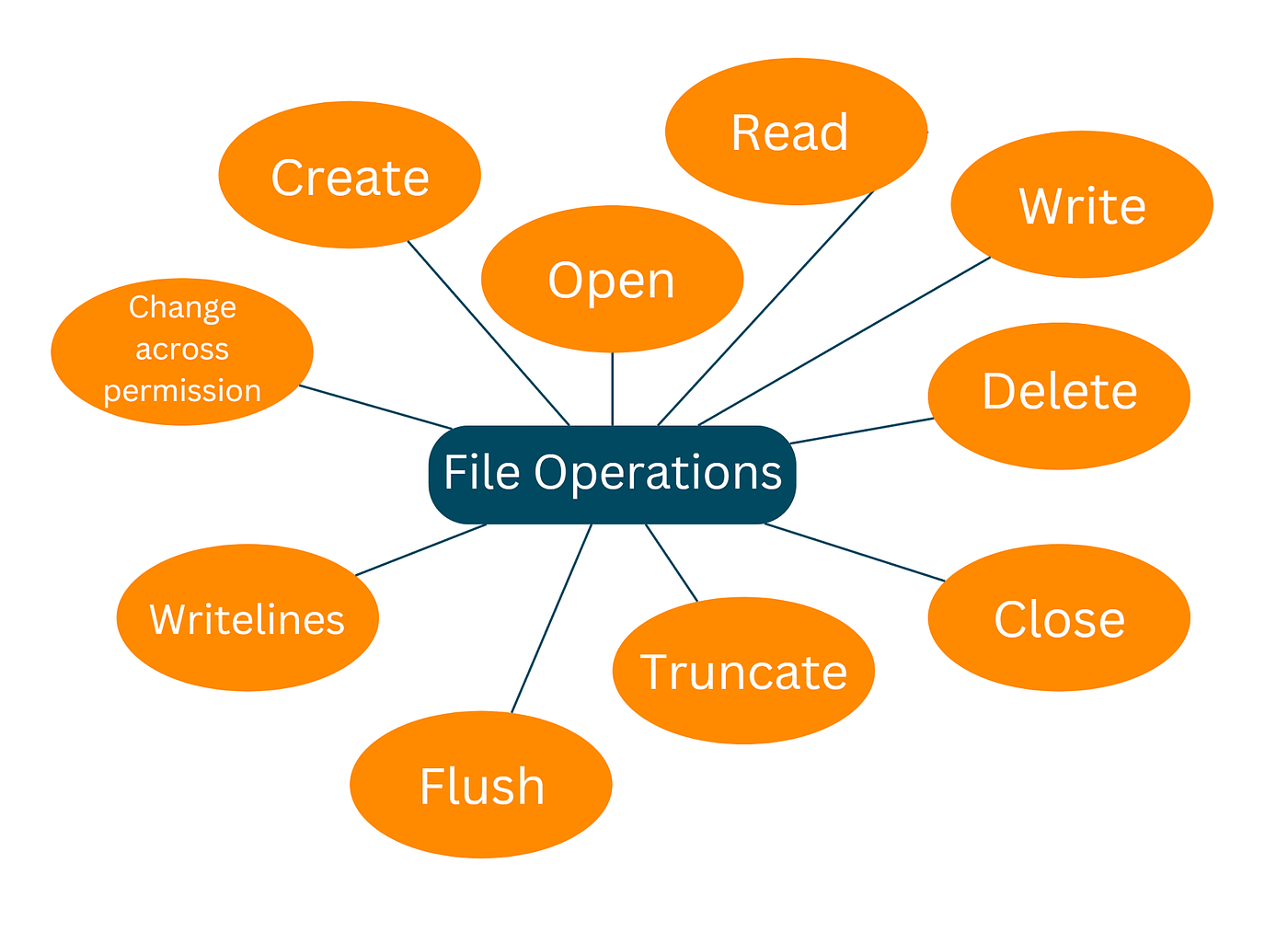
I'm happy to help you with that!
Python File Handling: A Comprehensive Overview
File handling is a fundamental concept in programming, and it's essential for any developer or data scientist to understand how to interact with files in their chosen language. In this article, we'll dive deep into Python file handling, exploring the different modes, functions, and best practices you need to know.
Why File Handling?
Before we start, let's quickly answer why file handling is important:
Data Storage: Files allow us to store data persistently, making it possible to access information even after a program terminates. File Manipulation: We can create, read, update, and delete (CRUD) files, which enables us to manage data in various formats.Python File Handling Modes
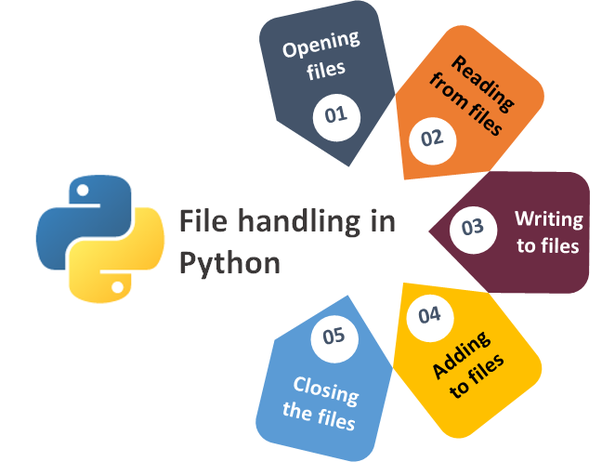
When working with files in Python, you'll encounter different modes:
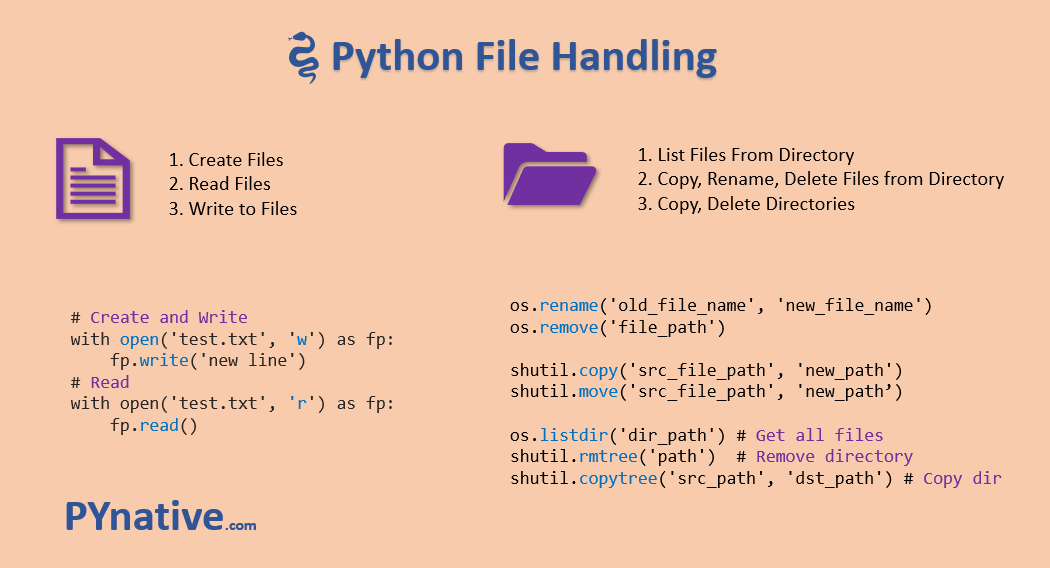

Functions for File Handling
The following functions help you interact with files:
open(): This function takes two parameters: the file name and mode. It returns a file object, which is used to perform various operations. read(): Reads data from an open file and returns it as a string or bytes. write(): Writes data to an open file. close(): Closes the connection to a file, making it unavailable for further access.Best Practices
To ensure proper file handling in Python:
Use try-except blocks: Wrap file operations in try-except blocks to handle potential exceptions, such as file not found or permission denied errors. Close files: Remember to close files when you're done using them. This frees up system resources and helps prevent data loss. Handle permissions: Be mindful of file permissions and ensure your script has the necessary access rights.Conclusion
In this comprehensive guide, we've explored the ins and outs of Python file handling. You now know how to interact with files in different modes, use essential functions like open(), read(), write(), and close(), and follow best practices for error-free operations. With a solid understanding of file handling, you're ready to tackle real-world projects that involve working with data.
Stay tuned for more exciting topics!
